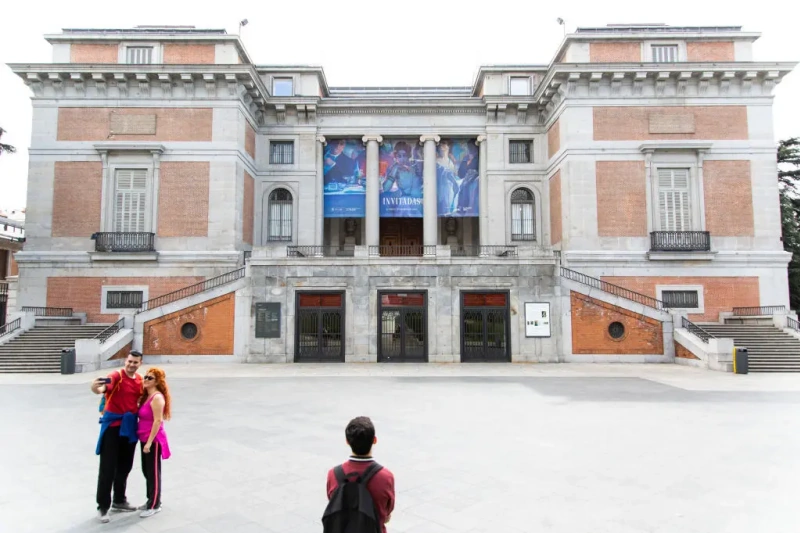log in
Enter site
Login to use Arthive functionality to the maximum
(Rome, 1841-Versailles, 1920). Spanish painter. Son of Federico de Madrazo, he was taught by his father and grandfather, José de Madrazo y Agudo, and was a student at the School of Painting and Sculpture in Madrid. In 1862 he settled in Paris, where he attended the studio of Léon Cogniet, the School of Fine Arts and the Imperial School of Drawing. As decoration of the Parisian palace of Queen Maria Cristina, he painted Las Cortes of 1834, finished in 1865. Soon he became one of the favorite painters of the circles of the great world in Paris, mainly due to his facility for the portrait, of aristocratic elegance, very soft modeling and sketchy bottoms, of loose execution, as works like the portrait of Doña Josefa Manzanedo e Intentas de Mitjans, Marquise of Manzanedo (1875) and Portrait of Ramón de Errazu (1879), both in the Prado, show. He also cultivated the painting of customs, in a painting of refined decorative qualities, sometimes close to his brother-in-law Mariano Fortuny, with whom he painted in 1868 and 1872, the latter year in Granada. In the Universal Exhibition of 1889 he obtained the first medal and the appointment of officer of the Legion of Honor. A cosmopolitan artist, he traveled to Rome and London and, from the last decade of the century, to the United States and Argentina, countries where his painting achieved great recognition. In 1904 an important group of works by the artist entered the Prado Museum, bequeathed by his friend, the collector Ramón de Errazu. The artist himself donated two works by Francisco de Goya to the Museum in 1894.
-
Artworks liked by10 users
- Artworks in 1 collection and 21 selections
Exhibitions
All exhibitions of the artist
Elsie Woodbury Brown
1899, 116×89 cm

Alin Masson in a Gas Headdress
1880, 61×49 cm

Aline Masson with a white mantilla
1875, 65×54 cm

Engraver Bernardo Rico
1870, 54×42.5 cm

Artist Juan Rivas y Ortiz
1865, 47×37.6 cm

Portrait of María Guerrero in Doña Inés
XIX century

Cecilia de Madrazo Garreta
XIX century

Portrait of a lady in a red shawl
XIX century, 55.9×45.7 cm

Portrait of Clarita Seminario
XIX century

Elegant beauty
XIX century

Portrait of Isabel McCreary
XIX century












